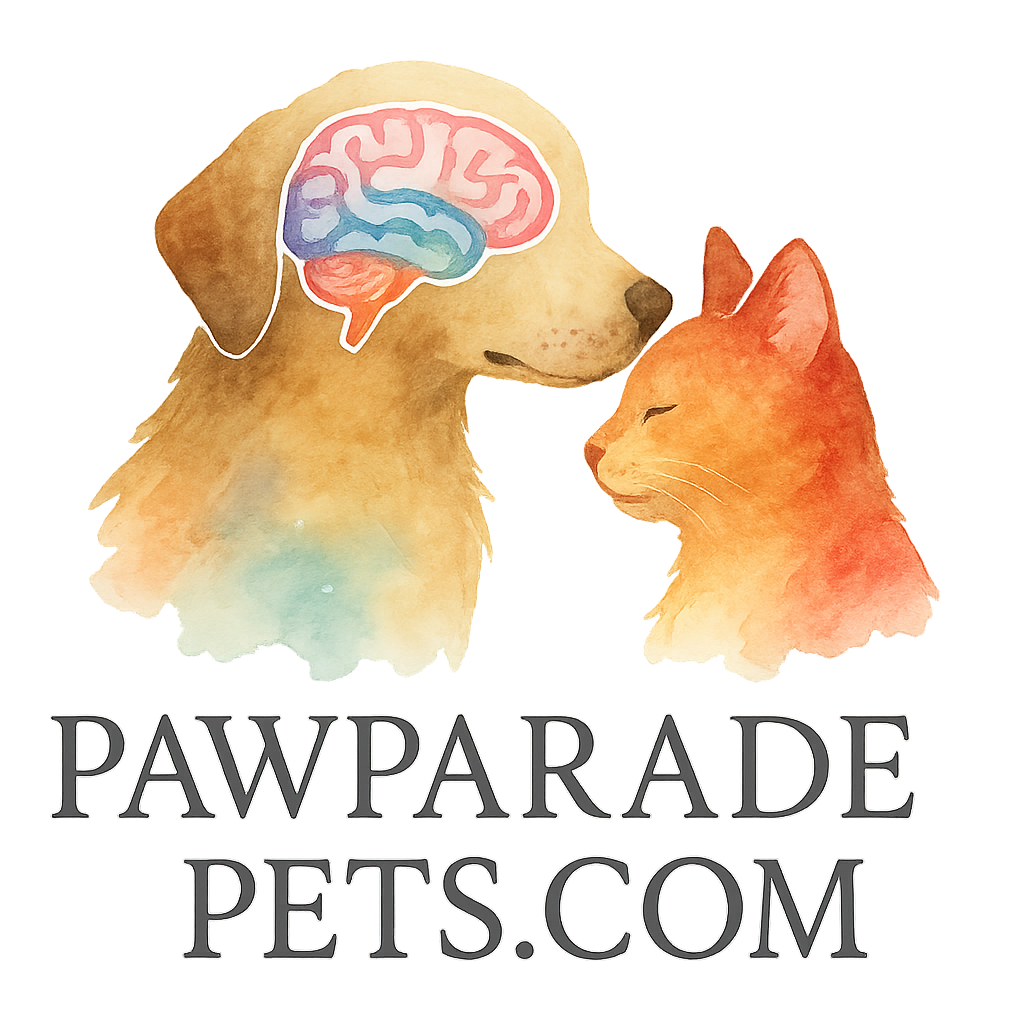Looking for a smarter way to train your furry friend? Imagine combining traditional obedience with mind-blowing mental workouts. That’s exactly what this guide delivers: 7 powerful commands that don’t just teach your pet manners — they challenge their brain and keep them sharp.
Let’s dive into why obedience and brain training are a match made in pet-parent heaven.
Why Combine Obedience and Brain Training?
Combining obedience with mental stimulation isn’t just efficient — it’s essential. Why train commands in isolation when your dog or cat can think while they learn?
The Mental Benefits of Command Training
When your pet follows a command, it’s more than just discipline. It’s about decision-making, impulse control, memory recall, and even problem-solving — all part of brain training.
Explore the foundations of mental stimulation here: Brain Training Basics
How Brain Training Boosts Obedience
Think of your pet’s brain like a muscle. When it’s active, it’s easier to reinforce commands. Smart pets respond faster, retain information longer, and can adapt to complex cues — which is exactly what obedience requires.
Command #1: “Touch” – Building Focus and Engagement
Why “Touch” Is a Foundational Brain Game
“Touch” teaches your pet to bump their nose to your hand or a target. It’s deceptively simple but wildly effective. Why? Because it focuses their attention, builds engagement, and sets the groundwork for more advanced behaviors.
Want more on interactive play? Check out tools and toys for brain training.
Training Steps for “Touch”
- Present your hand near your pet’s face.
- Say “Touch” and wait for a nose bump.
- Reward immediately.
- Repeat until they consistently respond.
Command #2: “Find It” – Engage That Sniffer!
Benefits of Scent-Based Brain Activities
“Find It” activates your dog or cat’s natural scenting abilities, which is a form of instinctual brain engagement. It taps into their inner detective and tires them out mentally — fast.
Explore more scent-focused games under activities.
Teaching “Find It” with Treats and Toys
- Start simple: hide treats in plain sight.
- Add difficulty by using boxes or rooms.
- Use “Find It” as a warm-up before other training.
Command #3: “Look at Me” – The Attention Builder
Eye Contact as a Mental Challenge
Getting a dog or cat to focus on your eyes takes trust and concentration. The “Look at Me” command is perfect for redirecting distraction and building focus — essential for obedience and advanced brain games.
Want to build obedience further? Explore the Behavior and Obedience guide.
How to Train the “Look” Command
- Hold a treat between your eyes.
- Say “Look” or “Watch Me.”
- Reward for eye contact.
- Increase duration over time.

Command #4: “Go to Your Spot” – Mental Boundaries
Boosting Memory and Obedience at Once
This command teaches your pet to go to a designated place, combining location memory and impulse control. It’s perfect for managing door greetings, dinner time chaos, or just adding a puzzle to their day.
Explore related brain stimulation topics.
Making It Fun with Interactive Toys
Place a mat or bed in the designated “spot” and reward when your pet goes there. Add toys or enrichment puzzles to make it more fun and rewarding.
Command #5: “Wait” – Patience Is Brain Power
Why Delayed Gratification Is Important
“Wait” helps your pet build impulse control. This command directly engages their frontal cortex — yes, just like humans when resisting that cookie.
Discover more about training challenges at Advanced Cognitive Challenges.
Reinforcing the Brain-Training Element
Use food, doorways, or toys as “tests.” The longer they hold their position, the more mental work they’re doing.
Command #6: “Spin” – Trick or Mental Test?
Teaching Creative Movement for Cognitive Flex
“Spin” may look like a trick, but it’s packed with cognitive perks. It boosts body awareness, directional understanding, and motor control.
Add Some Challenge with Advanced Games
- Teach clockwise and counter-clockwise spins.
- Combine with verbal cues for left vs right.
- Use hand gestures for visual command integration.
Command #7: “Name It” – Vocabulary Brain Boost
Teaching Object Recognition Through Play
This is next-level brain training. Teaching your pet to associate names with toys or objects is like building their personal dictionary.
Explore similar smart pet topics on intelligent pets.
Make It Smarter with Toys & Gadgets
Start with two toys. Say the name. Encourage interaction. Reward correct choice. Gradually increase the item count and complexity.
How to Combine Commands into Brain Workouts
Chaining Commands for Brain Stimulation
Start chaining: “Touch” → “Spin” → “Look” → “Wait” → “Go to Spot.” This creates a mini routine that stimulates memory, motor skills, and focus all at once.
Using Fun Games and Activities for Engagement
Mix command training with hide-and-seek, puzzle feeders, or obstacle courses to elevate the challenge and keep training sessions engaging.
Common Mistakes and How to Avoid Them
Overloading Your Pet’s Brain
Just like us, pets can burn out. Limit sessions to 5–10 minutes with breaks. Watch for signs of stress like yawning, avoiding eye contact, or sniffing the ground.
Skipping Consistency and Structure
Repetition is king. Use the same word, same tone, and same reward system. Skip structure and you’ll skip results.
Best Tools to Boost Brain and Obedience Training
Use These Smart Pet Devices for Better Results
Try programmable treat dispensers or remote clickers that reinforce commands even when you’re not nearby.
Try Brain-Boosting Toys with Commands
Pair interactive toys with commands like “Find It” or “Touch” to double the fun and brainpower.
Conclusion
Combining obedience and brain training is a game-changer for pet development. You’re not just teaching commands — you’re building a more responsive, happier, and smarter companion. And trust me, your pet will love the mental challenge just as much as the treats that come with it.
Ready to turn your pet into a brainiac? Explore more at Paw Parade Pets and dive into tools, games, and expert guides to make training fun, effective, and endlessly rewarding.
FAQs
1. Can I teach brain training commands to older pets?
Absolutely! Older pets often benefit even more from mental exercises. Just adjust the pace and difficulty to fit their comfort level.
2. How long should I train my pet each day?
5–15 minutes daily is ideal. Keep sessions short, fun, and frequent.
3. Do cats benefit from these commands too?
Yes! Cats can learn commands like “Touch,” “Look,” and even “Spin.” Use high-value treats and patience.
4. What if my pet gets frustrated during training?
Pause, take a break, or simplify the task. Frustration can stall progress — make training fun, not stressful.
5. Can I use toys as rewards instead of treats?
Definitely. Use whatever motivates your pet — toys, praise, playtime — just be consistent.
6. Are smart pet devices really worth it?
For many, yes. They add variety and consistency, especially if you’re training while away. Check out options at smart pet tech.
7. What command should I teach first?
Start with “Touch” — it’s simple, fun, and sets the foundation for more advanced commands.


